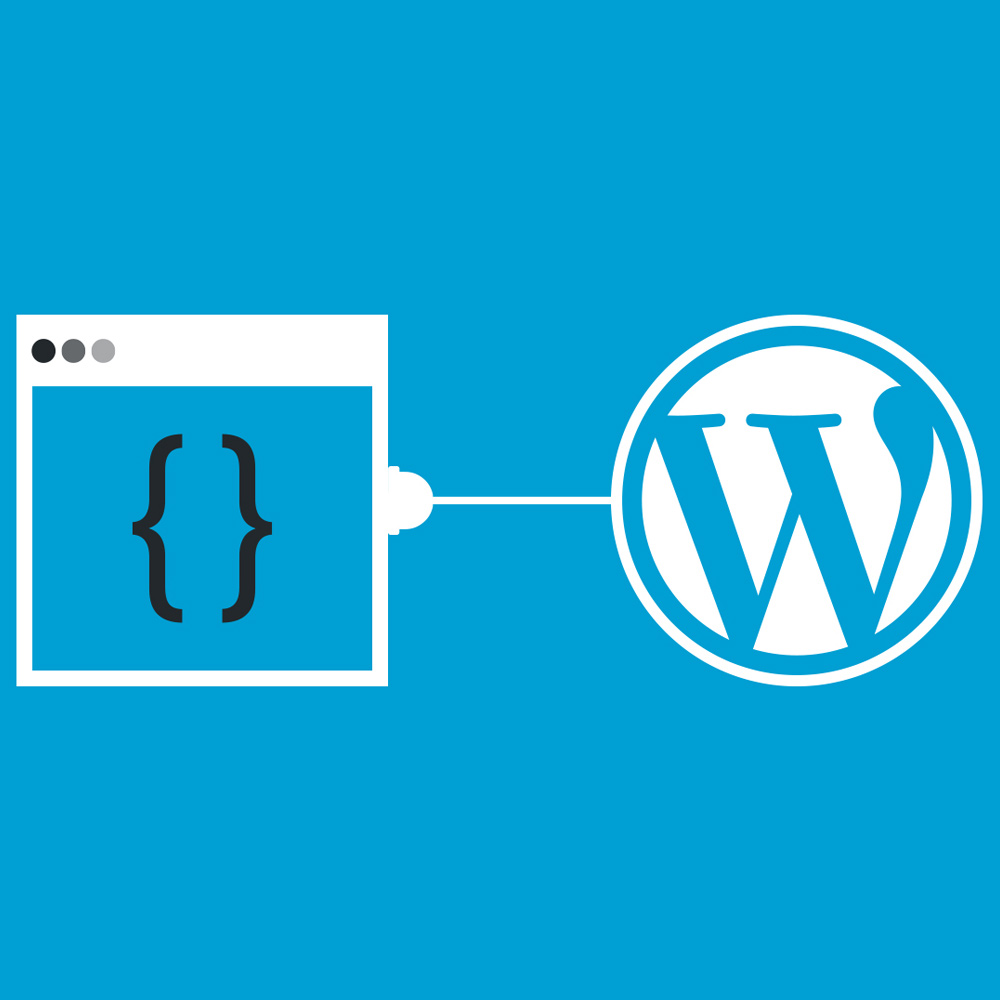
WordPress is a well-liked platform for building websites, and many web designers and developers like it since it’s open-source and offers a wide variety of plugins. Despite the fact that the platform provides pre-made plugins for a variety of tasks, there may be instances when you require a plugin that is tailored to your particular requirements. This comprehensive guide will walk you through the process of building a custom WordPress plugin from scratch, with a focus on the fundamentals of WordPress development.
WordPress is a popular option for people, businesses, and organizations wishing to create an online presence due to its user-friendly design. However, you must have a firm grasp of the fundamentals of plugin development in order to properly utilize its possibilities. Whether you are a novice or an expert web developer, this guide will provide you with the abilities and information you need to construct a distinctive plugin that satisfies your particular needs.
You can add custom post types, custom fields, shortcodes, or any other feature to your WordPress website using the information on this page. You may create a plugin that offers the functionality you need and improves the functionality of your website by following the instructions provided in this guide. Create your own original WordPress plugin right away!

How to Create a Custom WordPress Plugin From Scratch
Understanding the Basics of WordPress Plugins
It’s crucial to comprehend the fundamentals of a plugin and how it functions in the WordPress environment before we start building our custom plugin.
A PHP-coded piece of software called a WordPress plugin gives your WordPress website extra capabilities. A contact form can be included, or it can be more difficult to integrate with a CRM program. The main purpose of a plugin is to enhance or even change the behaviour of your website by adding new features, improving already-existing functionality, or both.
Choosing a Unique Name for Your Plugin
Choosing a distinctive name for your plugin is the first step in building a customized WordPress plugin. This is significant for a number of reasons. The name of your plugin will, first and foremost, serve as the primary identifier for people looking for it in the plugin library. Second, it is the name that will be used in your code to invoke the plugin.
Make sure your name is original and pertinent to the features of your plugin when selecting it. In order to aid in search engine optimization (SEO) and make it simpler for people to find your plugin, it’s a good idea to include keywords in the name of the plugin.
Setting up the Plugin Directory
The next step is to set up the plugin directory after you have decided on a distinctive name for your plugin. It is essential to make sure the directory structure is tidy and well-structured because this is where all of the plugin’s files will be kept.
You must go to the “wp-content/plugins” area in your WordPress installation in order to build the plugin directory. Make a new folder called “your plugin” in this folder. The primary directory for your plugin will be contained in this folder.
Creating the Plugin Header
The plugin header has to be made next. A block of text at the start of your main PHP file called the plugin header contains all the information you need to know about your plugin. WordPress makes use of this information to provide details about your plugin in the plugin library and to decide when to activate it.
A sample plugin header is shown below:
<?php /* Plugin Name: Custom Plugin Plugin URI: https://www.example.com/custom-plugin Description: A custom plugin for WordPress. Version: 1.0 Author: John Doe Author URI: https://www.example.com License: GPL2 */
Adding Functionality to Your Plugin
Now that the plugin header is in place, you can begin giving your plugin functionality. The options are unlimited here, where the actual magic takes place. Your website might have new features added, old functions improved, or even the behaviour of your website changed.
It’s crucial to adhere to WordPress code standards and best practices while adding functionality to your plugin. This will guarantee the scalability, maintainability, and compatibility of your plugin with other plugins and themes.
You should first specify the essential functions that make up the functionality of your plugin. You can write these functions using ordinary PHP code and then include them in your plugin file.
For example, you could create a function that displays a custom post type on your site:
function custom_post_type_display() {
$args = array(
'post_type' => 'custom_post_type',
'posts_per_page' => -1,
);
$posts = new WP_Query( $args );
if ( $posts->have_posts() ) {
while ( $posts->have_posts() ) {
$posts->the_post();
the_title();
the_content();
}
}
}
The custom post type will then be shown on your site once you use this function in your plugin.
It’s vital to remember that the best way to change how WordPress and other plugins behave when adding functionality to your plugin is to utilize action and filter hooks. By doing this, you will be able to increase the functionality of your website without directly altering the core WordPress files.
For instance, you might incorporate a custom field into the WordPress post editor using an action hook:
function custom_post_editor_field() {
echo '<input type="text" name="custom_field" value="" />';
}
add_action( 'edit_form_after_title', 'custom_post_editor_field' );
In this example, the edit_form_after_title action hook is used to add a custom field to the post editor, allowing you to collect additional information for each post.
You can make sure that your plugin is compatible with other plugins and themes and that its functionality will remain the same even if modifications are made to the core WordPress code by using action and filter hooks.
It’s critical to take user experience, performance, and security into account while adding functionality to your plugin. You should thoroughly test your plugin to ensure that it performs as intended, is error-free, and has no security flaws.
By adhering to these recommendations, you may give your plugin strong, useful functionality, turning it into a useful addition to your WordPress website.
Registering and Enqueueing Scripts and Styles
You must register and enqueue any scripts or styles that your plugin needs in order to work properly. By doing this, any conflicts with other plugins or themes are avoided and they are loaded in the proper sequence and at the right time.
To register and enqueue scripts and styles in your plugin, you can use the wp_register_script and wp_enqueue_script functions, respectively. For example:
function custom_plugin_enqueue_scripts() {
wp_register_script( 'custom-script', plugins_url( '/js/custom-script.js', __FILE__ ), array( 'jquery' ), '1.0', true );
wp_enqueue_script( 'custom-script' );wp_register_style( 'custom-style', plugins_url( '/css/custom-style.css', __FILE__ ), array(), '1.0', 'all' );
wp_enqueue_style( 'custom-style' );
}
add_action( 'wp_enqueue_scripts', 'custom_plugin_enqueue_scripts' );
Activating and Deactivating Your Plugin
The last thing you should do is provide activation and deactivation features in your plugin. When your plugin is active or deactivated in the WordPress plugin library, these functions are invoked.
To add activation and deactivation functions, you can use the register_activation_hook and register_deactivation_hook functions, respectively. For example:
function custom_plugin_activate() {
// Code to run on plugin activation
}
register_activation_hook( __FILE__, 'custom_plugin_activate' );function custom_plugin_deactivate() {
// Code to run on plugin deactivation
}
register_deactivation_hook( __FILE__, 'custom_plugin_deactivate' );

How to Create a Custom WordPress Plugin From Scratch
Conclusion
In conclusion, building a custom plugin from scratch for WordPress may seem like a difficult undertaking, but with the right assistance and materials, it can be a simple and rewarding process. You can design a plugin that is tailored to your particular requirements and enhances the functioning of your WordPress website by following the detailed procedures offered in this guide.
Making a custom plugin is a terrific method to expand the functionality of your website and make it more effective, user-friendly, and powerful, regardless of your level of WordPress development knowledge. You may attain your goals and advance your WordPress site by devoting time and effort to learning about plugin development.
New strategies and resources are continually being developed in the WordPress industry. You have the chance to keep ahead of the curve and be at the forefront of website development by building a bespoke plugin. You’ll be able to create plugins that not only satisfy your demands but also make you stand out from the competition with the abilities and information you get from this book. Why then wait? Create your personal WordPress plugin right away!

With over two decades of web design and development expertise, I craft bespoke WordPress solutions at FallingBrick, delivering visually striking, high-performing websites optimised for user experience and SEO.




